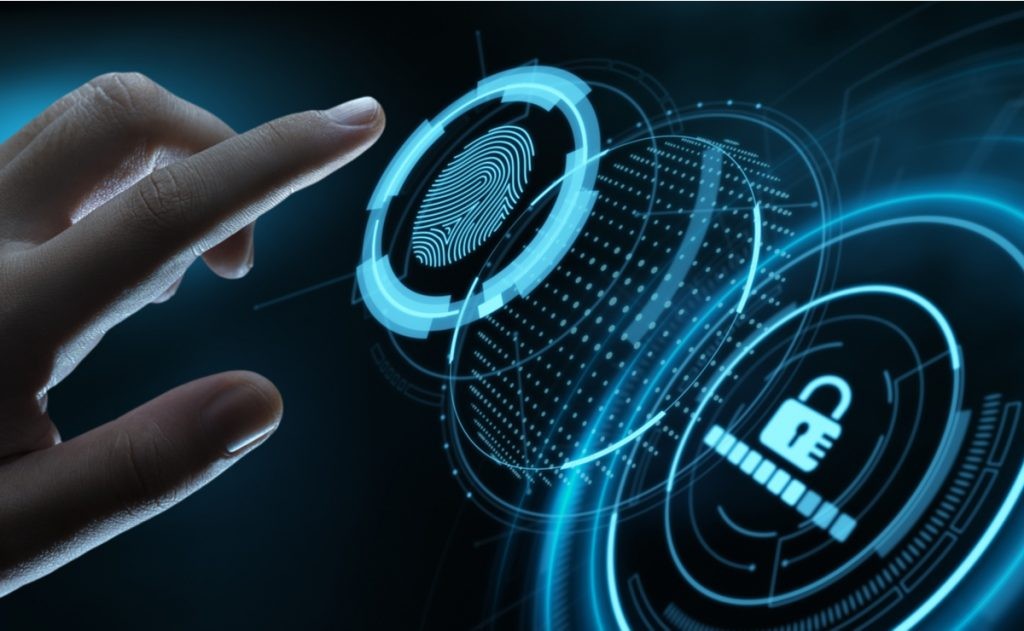Is Digital Identity Verification The Key To Banking Security?
Digital identity verification methods, which are among the effective solutions regarding cyber security in recent years, continue to develop. A wide range of methods, from blockchain-based technologies to artificial intelligence-supported assistants, are being added to the digital identity verification methods that have diversified with different fintech solutions.
Since digital banking tools are solutions that enable customers to make transactions via a mobile phone or computer, this practicality also causes some cyber security problems. However, thanks to advanced digital identity verification methods such as biometric verification and two-factor authentication, the number of possible fraud cases seems to decrease to zero.
The digital identity verification process often allows customers to access their bank accounts and make financial transactions using unique physical attributes that customers have. This provides a great security ecosystem to the banking sector by preventing theft of information by another customer or other possible fraud cases.
How Does Digital Identity Verification Prevent Identity Theft In Banking?

Thanks to digital identity verification methods, potential theft and fraud cases in today’s world, where traditional banking tools are completed through digital channels, become impossible. Identity theft in banking is an important security problem that needs to be taken into consideration. However, thanks to digital identity verification methods, safer banking is possible.
As digital identity verification methods improve with fintech solutions, the number of possible fraud or identity theft cases is gradually decreasing. Digital identity verification methods have become the most secure today with biometric verification methods.
Biometric identity verification methods enable customers to log into banks’ digital channels using their unique physical characteristics. For example, in mobile banking applications that can be accessed with Face ID, it is impossible for another customer to scan their face and access your banking accounts.
Other common biometric authentication methods are fingerprint scanner, Iris scanner and voice recognition functions. These verification methods maximize the security level and prevent possible theft.
What Are The Methods And Technologies Used For Secure Digital Identity Verification?
There are many technologies and methods developed by fintech companies to maximize the security of identity verification processes. Especially in recent years, both traditional banks and digital banks have been allocating significant resources to studies on cyber security. Thanks to this important area, each customer can complete their banking transactions safely.
The most common secure authentication technologies are biometric verification, two-factor authentication methods, blockchain-based security measures, and artificial intelligence-supported login methods.
Biometric authentication allows customers to access their banking accounts by scanning their specific physical characteristics. Two-factor authentication prevents login from another device or location, or prevents login without approval.
Blockchain-based secure measures prevent other users from performing transactions on your behalf by recording data in digital ledgers with high-level challenging algorithms. Artificial intelligence-supported login methods have become one of the most popular and widespread methods in recent years.
They generally maximize security by allowing you to access your bank accounts through your unique characteristics, such as your voice or fingerprint. It is much more practical and successful than cyber security protection methods in traditional banking methods.
How Can Banks Balance Security And User Convenience In Identity Verification?
While banks improve their cyber security measures and verification methods, they are also responsible for ensuring that users do not spend too much time on these security processes and can access their bank accounts more practically.
Fintech studies both offer solutions to cyber security problems and try to ensure that these solutions are user-friendly. Banks or financial institutions that can achieve this balance will be one step ahead in competitive banking markets.
Among user-oriented fintech solutions, the most common technology that also ensures security is biometric verification methods. Today, even a simple mobile phone is equipped with technologies such as fingerprint, face ID, iris recognition and voice recognition.
These various log in methods are verified by your mobile phone and it will be impossible for any user other than you to enter this mobile application. While verifying with an identity document every time is a long and tiring process, today’s digital banking solutions aim to maximize the security level while also being user-friendly.
Banks’ security departments need to devote more resources and energy to their work on digital identity verification methods, ensuring that high-level security is maintained and customer-oriented application entries are made available.
What Regulatory Standards Exist For Digital Identity Verification In Banking?

No matter which country in the world you live in, digital identity verification methods must comply with local banking regulations. Examples of popular regulatory standards that set these global standards are the General Data Protection Regulation (GDPR), Payment Services Directive (PSD2), Know Your Customer (KYC).
Both traditional and digital banks are responsible for providing services in accordance with these standards in digital identity verification processes.
Although different states have different banking regulations, having these standards in cyber security makes the job of fintech startups easier. In this way, biometric verification methods suitable for global financial ecosystems can be recommended and security levels can be improved day by day.
These international standards also require compliance from innovative fintech solutions. If a fintech startup proposes solutions to digital identity verification methods, it will be successful if it complies with these standards and local banking regulations.
What Are The Implications Of Data Breaches On Digital Identity Security In Banking?
One of the most important cyber security problems of recent years is data leakage. There are many cases of data leakage in different countries, worth millions of dollars. Both banks and other financial institutions are working to prevent this.
For banks, data leakage will both harm customers’ loyalty to banks and radically damage the reputation of banks in the banking markets. For this reason, banks take their precautions against data leakage to the fullest extent through fintech solutions.
Today, it has become impossible for a bank to leak its data thanks to high technologies. Moreover, this possibility is gradually decreasing thanks to advanced data recording technologies such as blockchain.
See you in the next post,
Anil UZUN
